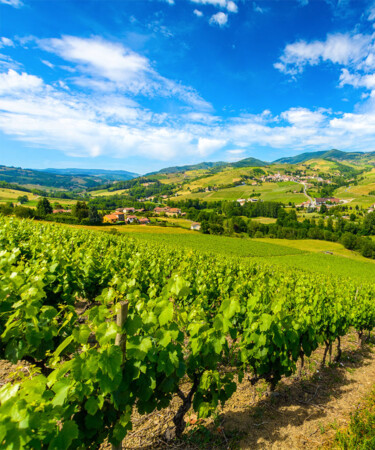Another day, boozy archaeological discovery — this time, in France.
In November, a team of archeologists at the Institut National de Recherches Archéologiques Préventives (INRAP) announced that they had discovered a 1,900-year-old winery in the Rhône Valley, one of the country’s prestigious wine regions. Located near the town of Laveyron, the ruins span four acres. The remnants were first discovered in May 2023 when the site was being excavated to construct a parking lot for Saica Group, a recycled paper manufacturer.
Researchers at the Institut, which is overseen by France’s Ministry of Culture, found evidence of ceramic dolia, or large terracotta pots used in ancient times for winemaking, in addition to amphora fragments in dumpsites close to the site. Based on initial observations, archaeologists believed the winery to date back to the first century A.D. But upon closer inspection, they found evidence suggesting the site was constructed upon pre-existing structures. As INRAP operations and research manager Pascale Réthoré told Wine Spectator, postholes (holes dug in the ground to support timber or stone) found at the site may indicate the existence of an older palisade, likely constructed by people from the Iron Age’s La Tène culture, dating all the way back to 50 to 30 B.C.E.
It was the ancient Romans who transformed the site into a winery, adding a three-room structure and courtyard during the reign of Emperor Augustus from 27 to 14 A.D. Additional evidence at the site suggests that the Romans also constructed walkways and galleries that Réthoré says likely reflect a small infrastructure dedicated to wine. The winery was later expanded to include presses, cellars, and basins for collecting pressed grape juice, and researchers also uncovered evidence of wood casks for housing the vino.
While Réthoré says it is impossible to know for sure what wines were made at the site until remaining residue is tested, it is currently speculated to be vinum picatum, a wine from Roman antiquity. The ruins are located within the Allobroges territory, which was occupied by Gallic people who produced the wine beloved by the Romans.
Excavations at the site are expected to resume in Jan. 2024, and once the evidence has been studied, construction of the parking lot is set to resume. As such, the ruins are likely to be destroyed, though the discovery remains impressive.
“Seeing the interest of ancient wine specialists in this site, yes, this discovery seems exceptional,” Réthoré said to Wine Spectator. “It seems that the quality of the wine of this region, and therefore probably of its terroir, has been recognized since antiquity.”
